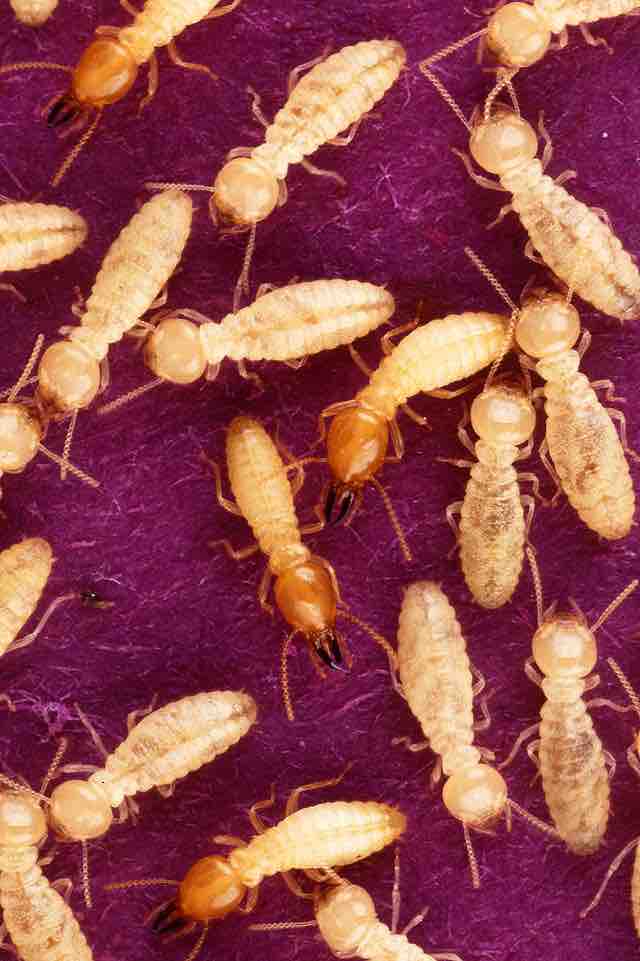Microbial Cooperation
A cooperative behavior benefits one party while the other performs a certain behavior or takes a particular action. In microbial systems, there are two main types of cooperation, altruism and mutualism. It is important to remember that microorganisms include bacteria, archaea, fungi, and protists. They are too small to be seen with the naked eye, but they play a huge role in the world as we know it and have a great deal of biological diversity.
Mutualism
Mutualism is a relationship between microorganisms that is mutually beneficial (+/+). This means that both parties benefit from their interaction. A microbial example is the interaction between protozoa and archaea in the digestive tracts of some animals . These animals eat cellulose which is broken down by the protozoa to obtain energy. This process releases hydrogen as a waste product, which in turn reduces energy production. Specialized archaea convert the hydrogen (which they need) to methane, which allows energy production to increase. Both the protozoa and archaea benefit from this relationship.

Methanogenic Bacteria in Termites
Methanogenic bacteria have a syntrophic relationship with protozoans living in the guts of termites. The protozoans break down cellulose, releasing H2 which is then used in methanogenesis.
Altruism
Altruism is a relationship between microorganisms that is beneficial to one party, but harmful to the the (+/-). Most scientists believe that the individual that is harmed, or at a loss, performs the action because they believe it will ultimately benefit others whom it is close to or share a relationship with (like family). On a microscopic level, this happens with programmed cell death, or apoptosis. Although it does not seem like it would be beneficial for the cell to die, it has been suggested that the resources it was using could be better utilized by other cells for growth and survival.